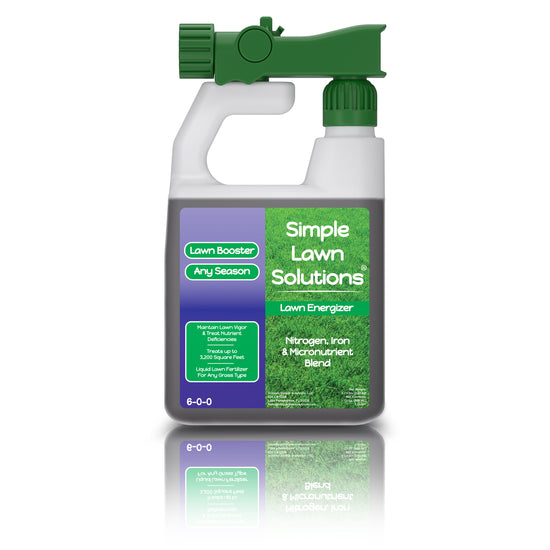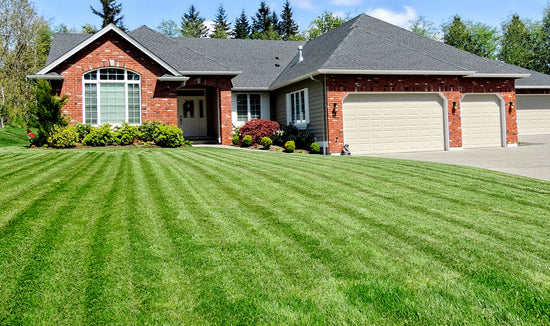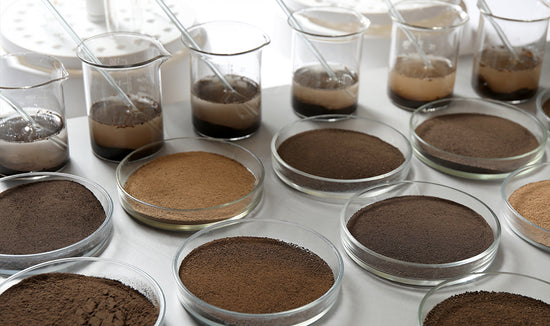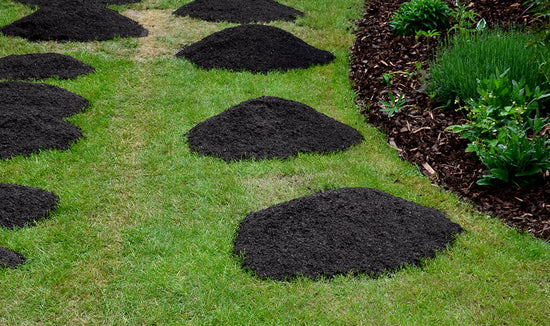Key Takeaway:
Lawns require an average of 1-2 inches of water per week
Proper watering is essential for a healthy lawn
There is no question that water is essential for our survival and the survival of all living things. Our lawns are just the same when it comes to their need for water.
Turfgrass plants are composed of nearly 80 percent water and the absorption of nutrients, photosynthesis and many other important processes depend on sufficient watering. We are going to provide some useful tips and general information on how to water an established lawn for optimal results.
How often does a lawn need to be watered?
It’s important to note that your lawn is going to need at least 1-2 inches of water every single week. This can be provided by rainfall or irrigation when rainfall is insufficient. Certain locations, seasons, and soil types will depend on irrigation more than others. It is recommended that you water deeply and infrequently to promote healthy root growth rather than frequently and lightly.
What time of day should I water my lawn?
The recommended time of day to water a lawn is between four and eight in the morning. Watering in the middle of the night can invite fungus and disease while watering in the middle of the day can be wasteful due to evaporation. Watering in the early morning is advised for optimal efficiency.
Avoid overwatering
While the importance of watering is stressed it is also important to not overwater your lawn. Overwatering can leave your lawn prone to infection by fungal pathogens, reduce thatch degradation, and may ultimately lead to death from drowning, if the rootzone remains saturated for an extended period. Proper watering, while avoiding overwatering is encouraged.
Other important facts to consider
Sandy soils are going to have a harder time holding water, while clay soils will hold the water well but absorb the water at a slower rate. This affects the frequency and amount of water with which to irrigate at one time. If you have a deep-rooted lawn, it will handle harsh conditions much better than a shallow-rooted lawn. Shaded areas will generally require less water, while areas around trees may require more water. It is important to note, that if turf underneath trees is struggling, consider causes other than water deficiency. Turfgrasses also have sunlight requirements that are likely not being met under a dense tree canopy. Compact soil and standing watering should be corrected immediately.










3 comments
Hello Joel, it’s best to treat weeds first before using any fertilizer products. When treating weed, there should be two weeks apart from applying herbicides to other products. For more information, please email us at hello@simplelawnsolutions.com
Thank you very much! I ordered everything and just received the shipment. Quick question. My lawn has some clover weeds. With everything that I ordered, will that help? Or do I need to put a weed killer first. I have used round up weed killer but it seems that it didn’t help. What do you think? Thanks again.
Thanks for your SPEEDY response!